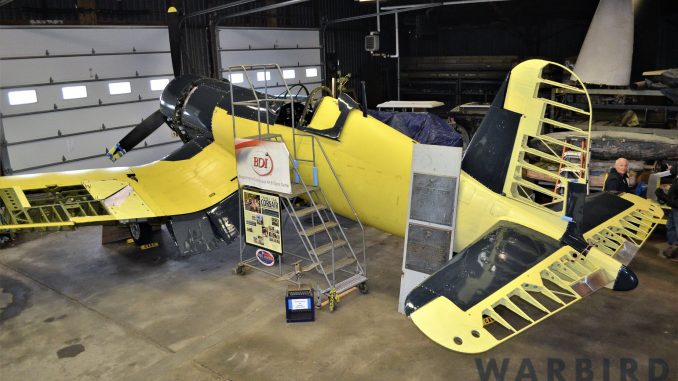
It’s been a while since we reported on progress with Goodyear-built FG-1D Corsair Bu.92460, which has been under restoration for the past decade with the Connecticut Air & Space Center (CASC) in Stratford, Connecticut. The team has worked some minor miracles to bring the aircraft back from the literal brink of collapse after she’d moldered away for thirty years atop a pole at the entrance to the Igor I. Sikorsky Memorial Airport, nearby the old Vought-Sikorsky plant which churned out F4Us during WWII. In fact, the restoration is taking place in a section of that old factory.
While the aircraft still belongs to the City of Bridgeport, the eventual goal is for the Corsair to go on display in the historic 1929 Curtiss Flying School hangar at the airfield. CASC is also working to refurbish this structure as well, which will become their new home once completed. Interestingly, this same hangar served as a Corsair flight test facility during WWII, including the prototype XF4U-1 Bu.01443 which first flew on May 29th, 1940. Towering test pilots like Lyman Bullard, Boone Guyton… and yes, even Charles Lindbergh, once called it home. As one of the nation’s important aviation artifacts, the old Curtiss Flying School hangar definitely needs our help too.
But I digress… FG-1D Corsair Bu.92460 is looking much like her old self again, thanks to the tireless labors of the CASC team (and some generous donations of parts and labor as well). The CASC restoration team is getting close to the finish line, and here to bring details of her current status is the editor’s good friend Jerry O’Neill, who recently visited the aircraft…
CASC Corsair Update – 12.15.18
by Jerry O’Neill
I visited the Connecticut Air and Space Center’s FG-1D restoration yesterday, December 15, 2018, and spoke with Mark Corvino, who is head of the project.
They are currently building the lower intercooler three hinge panels which are currently about 60 % complete.
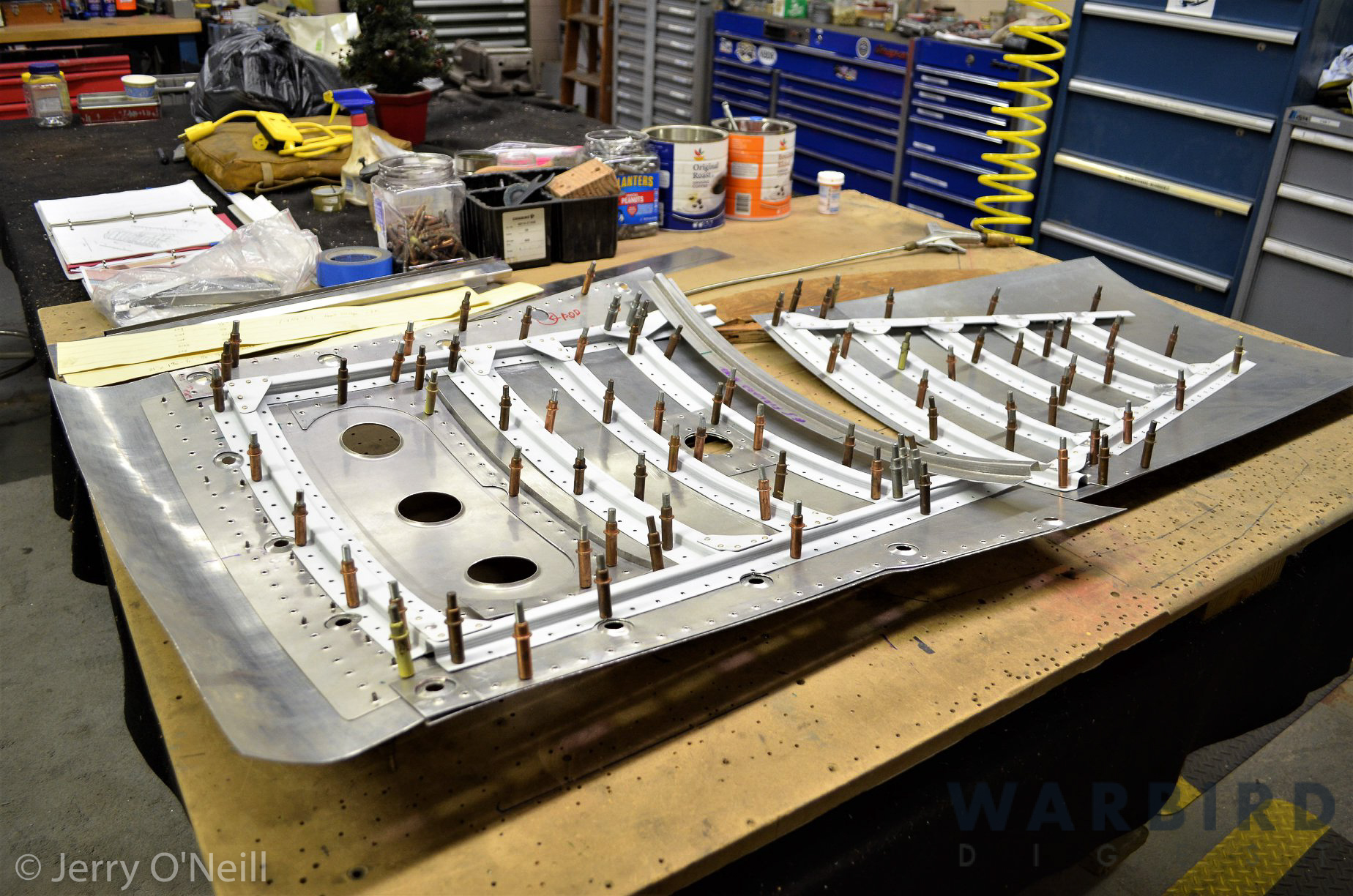
The donation of a non-airworthy Plexiglas canopy was a welcome gift. CASC volunteer Ed McGuiness is slowly polishing it so that it can eventually be fitted to the existing canopy frame.
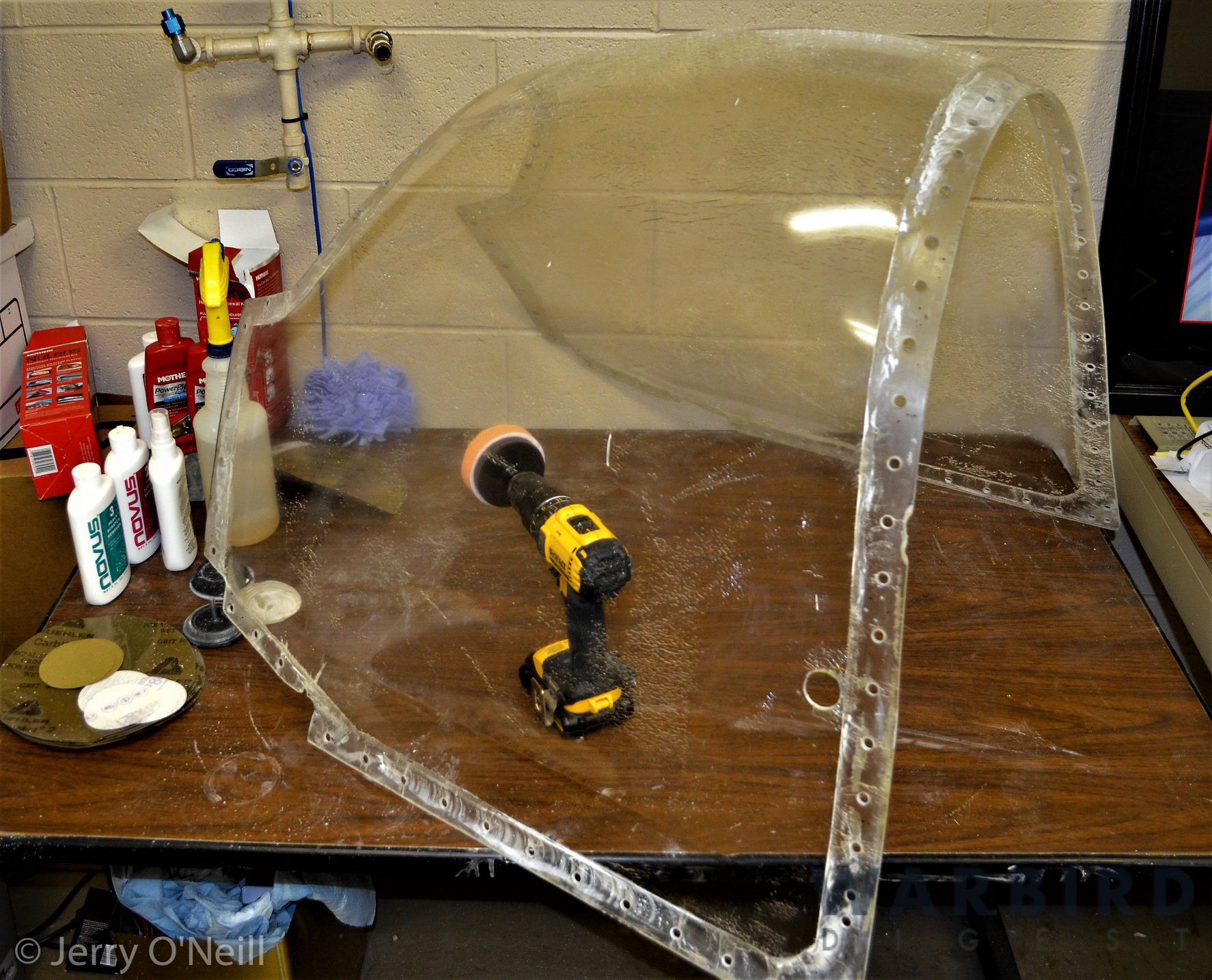
When the aircraft was originally prepared for mounting on the pole in 1971, the team removed everything deemed unnecessary in order to reduce its weight. This included the undercarriage, and other items, such as the wooden ailerons. The original ailerons were thrown away and sheet metal fitted in their place. Recently, two non-airworthy ailerons were donated to the project and will soon be received and repaired to use on the Corsair. The missing aileron hinge points are being 3D-modeled so that replacements can be fabricated.
Brand new flaps were fabricated and recently fitted.
There are some final adjustments and finishing remaining to complete the newly fabricated pilots seat, which was one of the other items removed back in 1971.
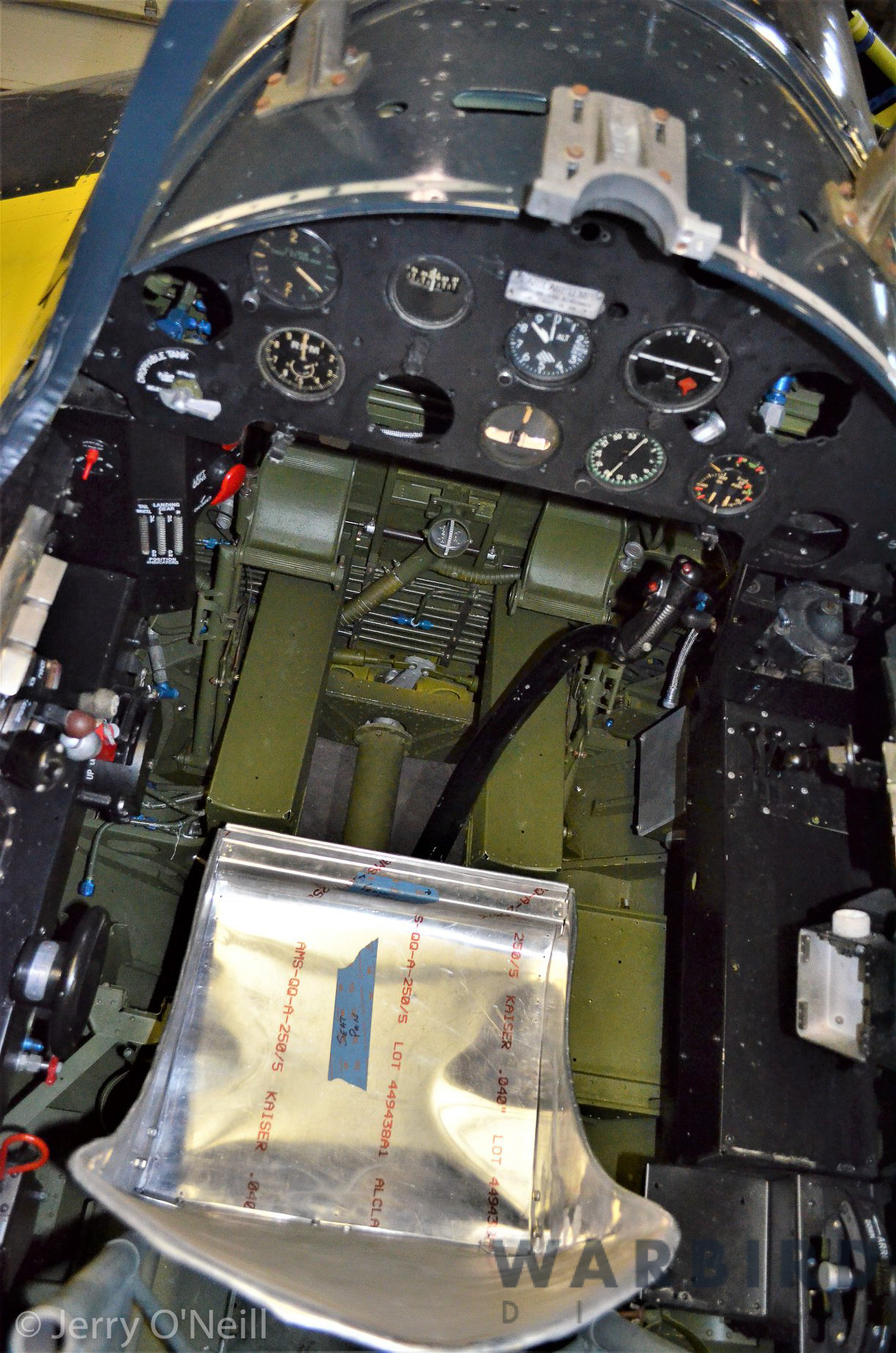
And finally, a partial set of tail wheel doors were loaned to CASC for the restoration team to measure and assist in the fabrication of a replacement set.
Many thanks indeed to Jerry O’Neill for this report and fascinating images. For those of you who don’t already know, Jerry is a highly regarded air show boss, and can often be found running, or managing aircraft movements with his team of ‘Airdales’ at major air shows across the USA.
Related Articles
Richard Mallory Allnutt's aviation passion ignited at the 1974 Farnborough Airshow. Raised in 1970s Britain, he was immersed in WWII aviation lore. Moving to Washington DC, he frequented the Smithsonian’s National Air & Space Museum, meeting aviation legends.
After grad school, Richard worked for Lockheed-Martin but stayed devoted to aviation, volunteering at museums and honing his photography skills. In 2013, he became the founding editor of Warbirds News, now Vintage Aviation News. With around 800 articles written, he focuses on supporting grassroots aviation groups.
Richard values the connections made in the aviation community and is proud to help grow Vintage Aviation News.


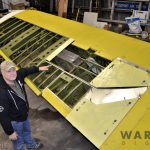
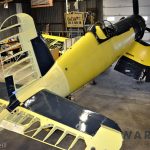
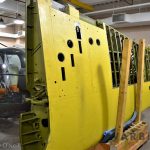
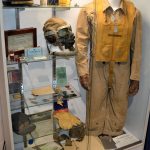
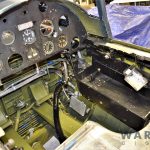
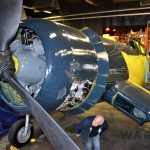
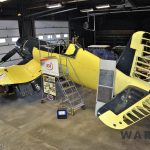
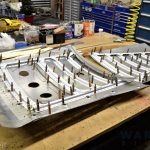
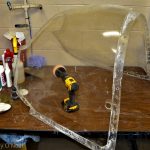
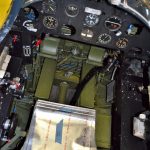
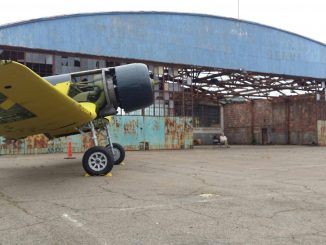
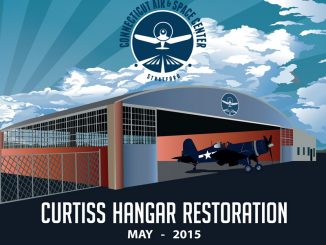
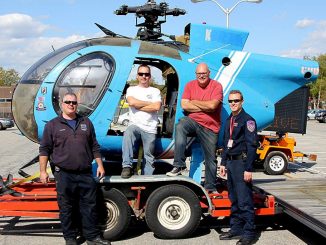
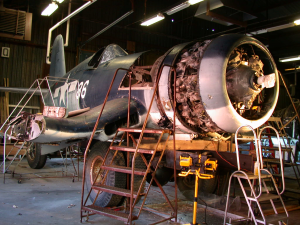
Be the first to comment
Graphic Design, Branding and Aviation Art